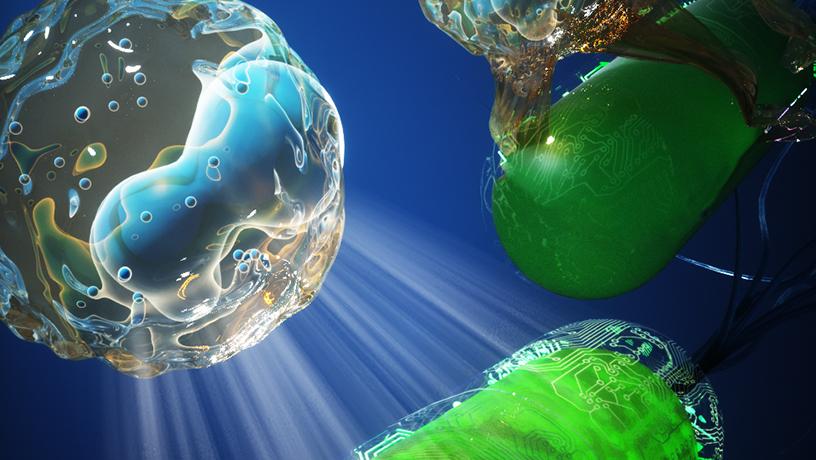Train tracks are left exposed out in nature, taking anything that the weather throws at them, and withstanding expansion, contraction, temperature changes, and massive train loads. One of the most annoying things that train drivers have to face while on the track though is something as seemingly innocuous as tree leaves. Every autumn, millions of leaves fall on the lines, and when the train passes over they turn into a thin, slippery layer that sticks strongly onto the rail.
When rain falls on this leaf-based layer, it gets extremely slippery. If the train needs to accelerate from a point that’s plagued by this problem, the poor friction between the wheel and the rail will make it very hard to do it. Even worse, if braking is the requirement, these slippery patches could increase the braking distances to ridiculous lengths.
CoCatalyst Ltd. a Hampshire-based company, has developed a new system that’s meant to address this problem, and named it “Water-Trak”. The system involves a jetting nozzle that sprinkles a small amount of pressurized water in front of the braking wheel, essentially managing to wash out leaves and other residues from the rail. The result that this has on braking distances according to the company is summed up in the following:
- 2.5% g improvement in deceleration
- 20% reduction in braking distance
- 30% increase in the traction between the rail and the wheel
The firm has conducted numerous field tests to fine-tune the system, and now it uses 7 bars of pressure, leaving about 2.5 ml of water per meter of rail behind. By using a water tank of 200 liters, it would be sufficient for at least two operational weeks during the Autumn season.
There have been many attempts to tackle the leaf-induced slippery slopes of train tracks, with some involving microwaves, and others involving blowers. The Water-Track is maybe one of the simplest solutions, which decreases its cost and makes it a better candidate for real-world application.







